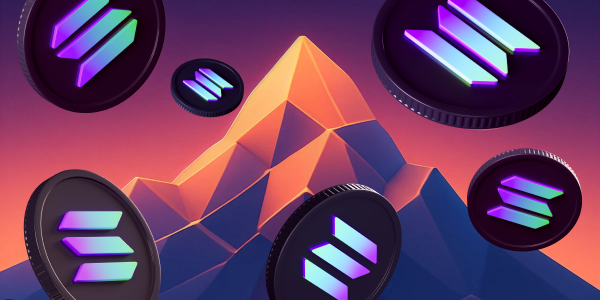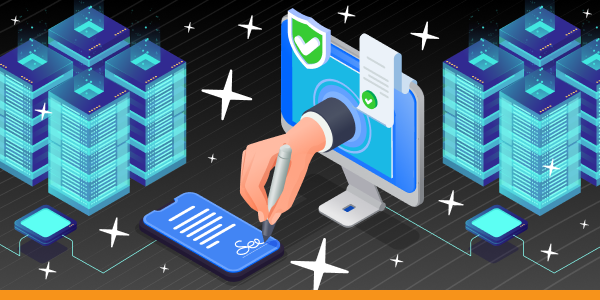#cryptobasics

The fastest of them all: Solana’s new Alpenglow protocol
Lately, the blockchain world has been all about speed and efficiency. Today, let’s dive into Solana’s latest upgrade — Alpenglow protocol. What does it promise, and when is it expected?Solana is known as one of the fastest blockchains in the crypto world. But the team wanted to make it even better. That’s why they introduced a new system called the Alpenglow protocol to replace the old consensus mechanism — a method the network uses for transaction confirmation.
Published:

ETF: Crypto conquering traditional finances
The trust in cryptocurrency is growing! We're seeing it as crypto makes its way into traditional finance. A prime example is the growth of crypto ETFs: 72 ETFs are currently waiting for approval from the U.S. Securities and Exchange Commission (SEC). But what is an ETF, and how does it differ from actual cryptocurrencies?
Published:

Exploring DeFi
Banking without banks? With blockchain technologies, the world of finance is becoming faster, easier, and accessible to everyone. One of the most exciting parts of this transformation is DeFi — short for Decentralized Finance.
Published:

Simple Anatomy of a Smart Contract
Are you ready to put your blockchain knowledge to the test? Then answer this: what do Ethereum, Tron, Solana, and Polygon have in common? They all support smart contracts! Let's get to the bottom of their nature.
Published:

Understanding Technology Protects Your Funds
Knowledge is power, especially in the blockchain world. Understanding the technologies behind a cryptocurrency not only makes you well-versed in tokenomics but also helps protect your funds. When choosing a crypto, find answers to these questions.
Published:

Become a Crypto Pro: DYOR tips
What is the number one skill to succeed in crypto? Technical knowledge? Financial literacy? We take a stand for critical thinking. The recent story with Tether and the Wall Street Journal has shown the importance of the not-believing-everything-you-read ability. Even if it’s a trusted media with a 3.5 million audience and a 130+ year history.
Published:

What is Staking in Crypto?
Can you make cryptocurrency work for you and earn passive income? There are several ways you can try, but in this article, we will focus on “staking”. How does it work, and is it safe? What staking methods are there to try? Let’s find out!
Published:

What are Blockchain Validators?
For years, blockchain technology was limited to using miners to confirm transactions. Miners would solve complex mathematical problems by trying to find a solution as quickly as possible. Such processes were slow and extremely energy-consuming, resulting in large bills and heat emissions.
Published:

 en
en de
de
 fr
fr
 es
es
 it
it
 ru
ru
 pt
pt